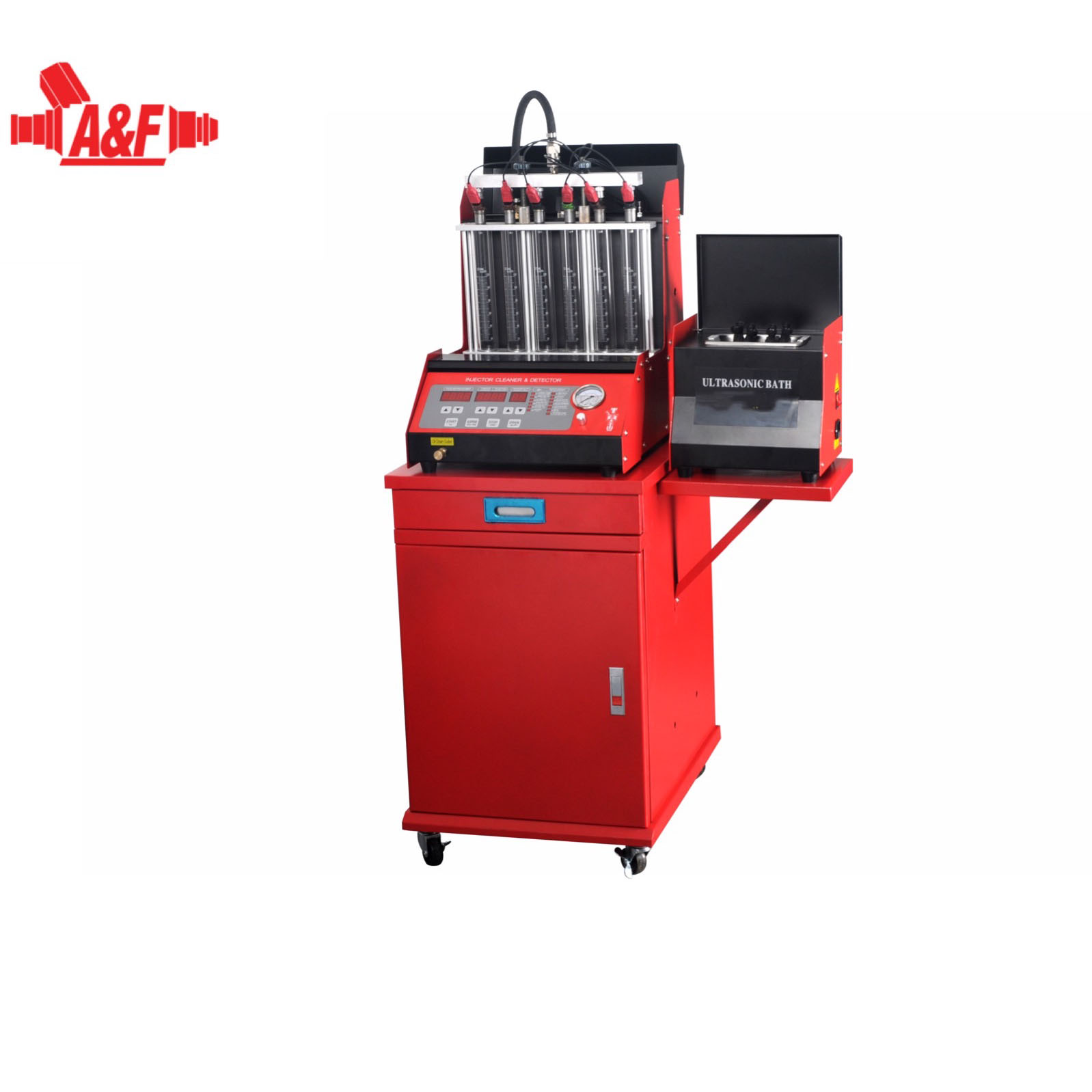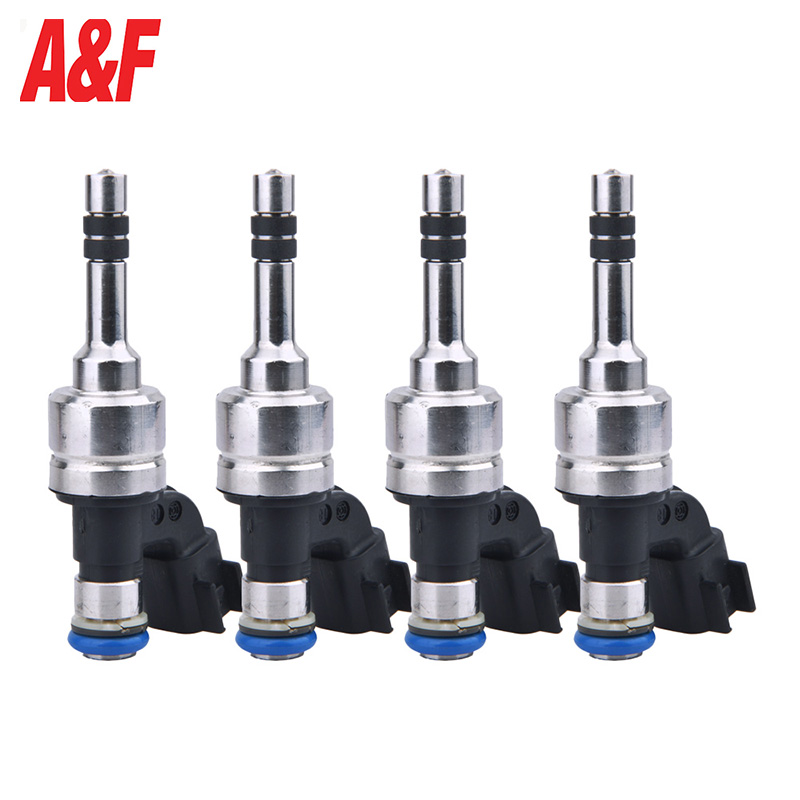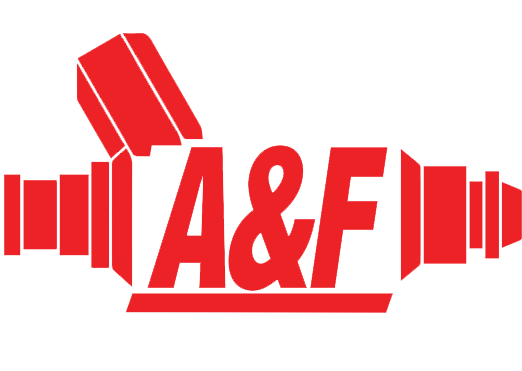
Hello everyone there , recently many customers also buy the fuel injector cleaner and tester machine from us . And some customers are not very familar with the using of tester machine , today we will teach you the process of how we use the tester machine to clean and test your injector flow .

1. The injectors are externally cleaned in a special detergent and are visually inspected.
2. We test the injectors coil for resistance, shorts, and current draw. A fuel injector’s coil (solenoid) can pass a resistance test, but still fail when run under load. We check the fuel injectors’ coil winding under a simulated load, and we are able to detect intermittent fuel injector coil faults.
3. We wire brush any loose paint and rust from metal injector bodies. Plastic injectors skip this step.
4. We remove the filter baskets, o-rings, and pintle caps.
5. The injectors are then re-cleaned to remove any particles or dirt that may Contaminate the cleaning fluid in the next step.

6.The injectors are placed into an ultrasonic cleaning tank where they are electronically cycled on and off while being ultrasonically cleaned with special detergents. This allows the ultrasonic waves to agitate and dislodge any particles and buildup outside, and more importantly, inside the injectors. The running injectors cause back flushing of the cleaning fluid where the dislodged dirt, carbon, gum, and varnish is pushed out of the injector. This ultrasonic cleaning is performed for a minimum of 30 minutes depending on the condition of the injectors. This cleaning step will be repeated a second time if the fuel injectors fail either the leakdown test or the flow test in the next step.
7. The injectors are now tested in the Flow Testing Bench Unit and are tested for;
– Leak Down test– is performed at 60 to 80 psi. When in closed position, fuel injectors should not leak any fuel.
– Spray Pattern and Atomization of Fuel –
– Flow Rate – The volume of gas each injector flows in cc/min at 43.5 psi / 3 bar of fuel pressure. For proper engine performance the injectors in a set should be flowing within 5 percent of each other. OEM injectors are designed to flow a volume within 2 percent of each other.
Injectors are flow tested in two ways:
1. Static Flow Test: Where the injectors are flow tested for 15 seconds at a specific fuel pressure (43.5 psi or 3 BAR) while the injector is held Full Open (i.e. static).
2. Dynamic (Pulsed) Flow Test: Where the injectors are tested for 30 seconds at different duty cycles and the injectors are pulsed at varied pulse widths. This duplicates real world conditions such as idling, acceleration, deceleration, low speed, and high speed. The amount of time the injector is energized and held open is measured in milliseconds (1000’s of a second) and is referred to as pulse width. We test fuel injectors at various pulse widths at 3 ms, 6 ms, and 12 ms. We also vary the RPMs from 750 RPMs (idle simulation) up to 3000 RPMs (high speed simulation).
Flow testing injectors in both static and dynamic simulations ensures that we will know if your injectors are performing properly under all real world conditions.
Injectors with abnormal flow rates or spray patterns are re-cleaned and re-tested. Injectors that fail to respond after a second ultrasonic bath are considered defective/not serviceable.
8. The results of the flow testing are then recorded on an test data evaluation sheet.
– Injectors that fail either leak down or flow testing are separated and labeled as not serviceable / defective.
9. Install new filter baskets, o-rings, and pintle caps ( if the parts are commercially available ). Injectors are lubricated to increase shelf life.
